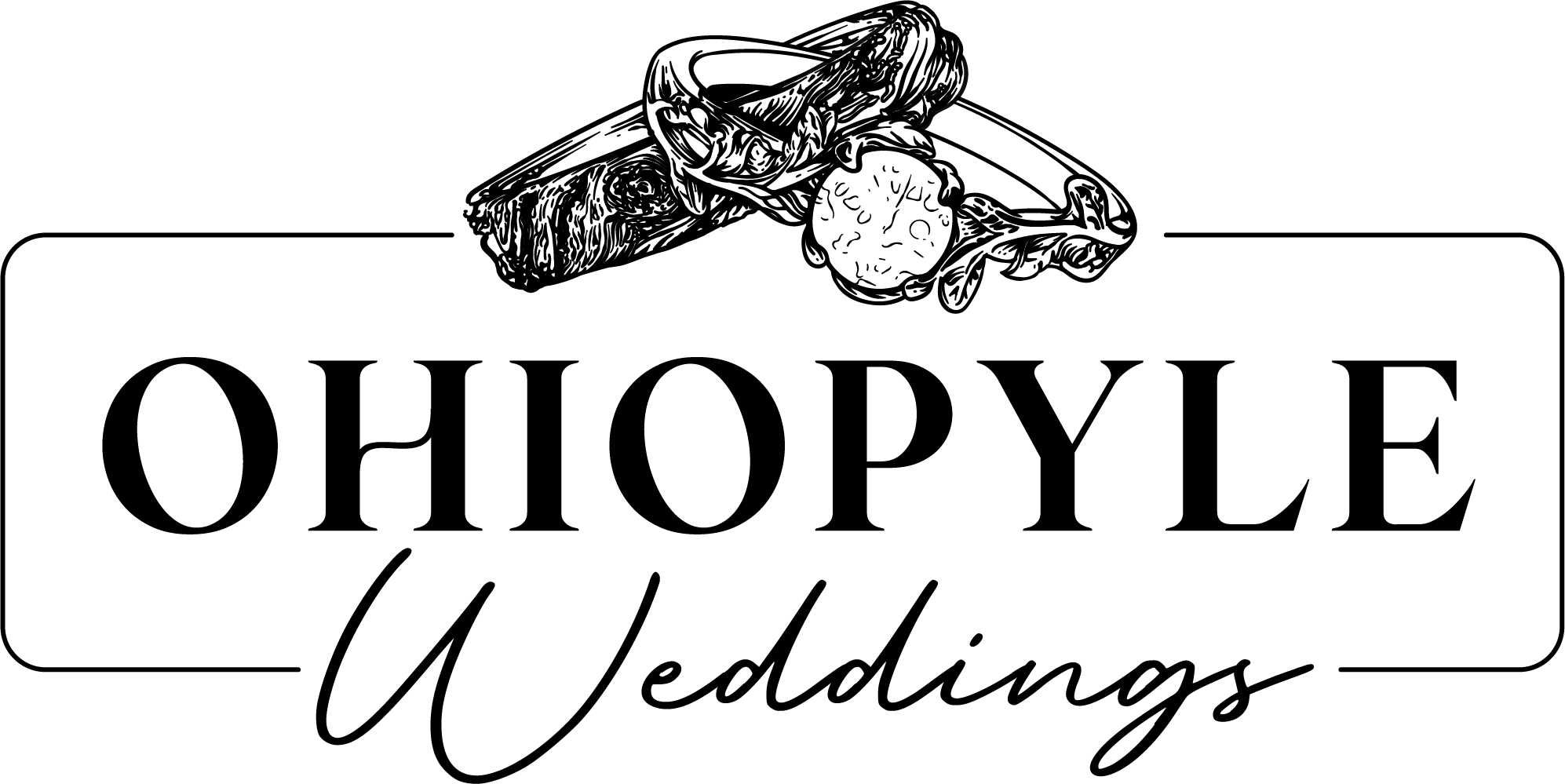Self-Uniting Marriage: What is it and how do you perform one?
Did you know that Pennsylvania is one of the few states where you can legally marry yourself? That right, in Pennsylvania, you don’t need to hire an officiant or ask a friend or family member to become ordained to officiate your wedding. If you have two witnesses over the age of 18 and the proper marriage license, you’re set! You might be wondering, but what is a self-uniting marriage license and how do I get one? A self-uniting marriage license is just a legal document that allows a couple to be married in the absence of a third-party officiant. While rules vary county to county, this license tends to be a little more expensive than a regular marriage license and requires completion of different documentation. All you need to do when applying for your marriage license is state that you plan to have a self-uniting marriage ceremony to ensure that you obtain the correct documentation. Self-uniting ceremonies not only allow for a more intimate wedding experience, but they also save you the cost of hiring an officiant – win, win.
Photography: WhatMiaSawPhotography
What exactly is a self-uniting marriage? These marriages are also known as Quaker marriages because the custom, as we know it today, originated among the Religious Society of Friends, a branch of Protestantism that split from the Church of England in the 1650s. Quakers believe in a direct connection with God and, therefore, do not need an intermediary (i.e., officiant) to sanctify a marriage. The Quakers brought this tradition with them to the Delaware Valley (present-day PA) when they came to the US to escape persecution in England. Their tradition of self-uniting marriages has been adopted by several states to allow citizens to uphold their personal religious beliefs and still become officially married in the eyes of the law. While some states require the couple to be a member of the Religious Society of Friends, Pennsylvania allows you to perform a self-uniting ceremony regardless of your religious affiliation or lack thereof.
You might be wondering, “Okay, this all sounds great, but how the heck do we hold a self-uniting ceremony?”. We get it, this does sound somewhat daunting, so we have gone ahead and provided you with some self-uniting ceremony tips! However, as we always say, your wedding day is uniquely yours, and the best thing about a self-uniting ceremony is that there is no one right way to do it. So, if this outline doesn't resonate with you, feel free to change it! We recommend sitting down with your partner to determine the vibe you want before you start planning your ceremony.
If there are no guests:
Some couples may feel awkward for some couples if it is just the two of them with no music or guests, so treat the beginning of your ceremony as a first look! You will have a sweet and intimate moment seeing each other for the first time on your wedding day, and then can go straight into the vows.
End the ceremony in some way. We love it when couples choose to play music and share their first dance right after saying “I do”. Or you could end the ceremony by signing your wedding certificate.
If guests are present:
Take some time to explain how the ceremony works. This helps everything run smoothly and can help guests fully appreciate the intimacy of this type of ceremony.
Have a guest perform the ceremony as you would a traditional ceremony. In this case, they just do not have to go through the online ordination process.
Involve your guests! In a true Quaker wedding fashion, after the couple declares themselves married, guests can share a sentiment or well wishes for the couple if they feel moved to do so. Not many people like to be the first one to talk in a big group, so to get things rolling, ask a few close friends or family members to have something prepared. This will encourage other guests to do the same and provide them a solid example for what is appropriate to share.
If you already have children, include them in your ceremony. Have them walk you down the aisle or include them in a unity ceremony.
End the ceremony in a notable way. Here are some ideas:
Have a designated person open and close the ceremony, thanking everyone for coming and directing them to the next stage of the wedding (e.g. cocktail hour or reception) when it appears guests are done sharing.
Close the ceremony by signing your marriage license and sharing your first kiss as a married couple.
Play music that signifies the end of the ceremony and make your way back down the aisle.
Have the guests declare you married and sign a tribute marriage certificate as your witnesses as they exit the ceremony location.
A self-uniting marriage in Pennsylvania can be a wonderful and intimate way to tie the knot without the need for an officiant. It allows couples to honor their personal beliefs and values while still being recognized as legally married. While the process may seem daunting at first, with a little bit of planning and creativity, you can make it a memorable and unique experience. Whether you choose to have a small ceremony with just your partner or include your loved ones, a self-uniting marriage can be a beautiful way to start your journey together as a married couple.
Photography: LaLaYeags Photography
Are you ready to find the dream setting for your wedding experience? We would love you hear all your plans!


